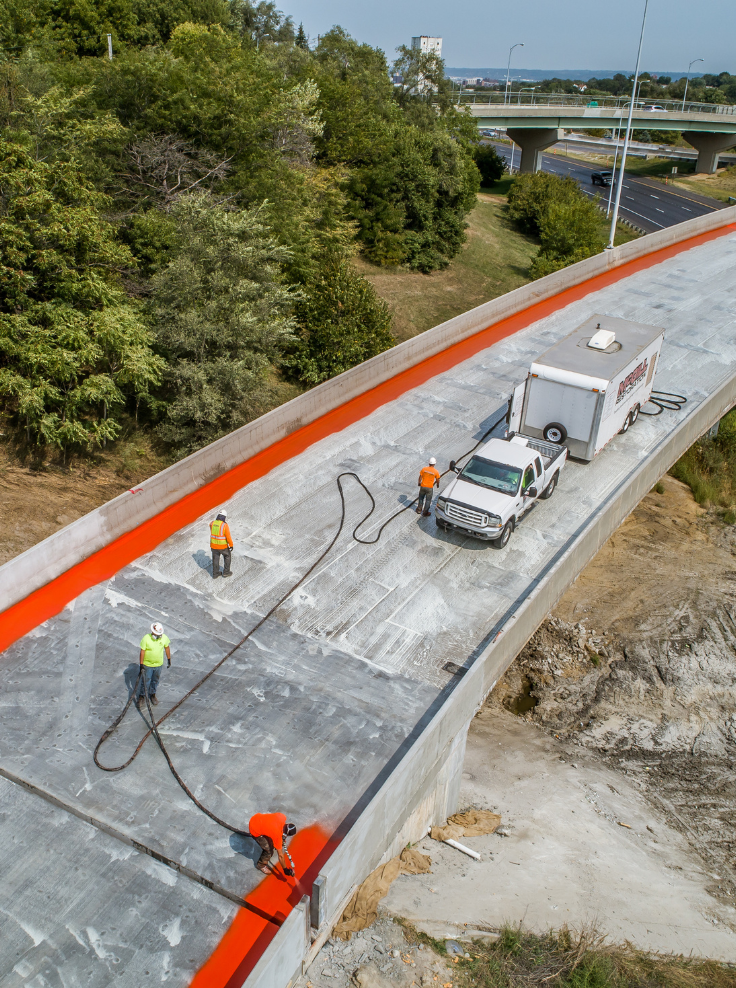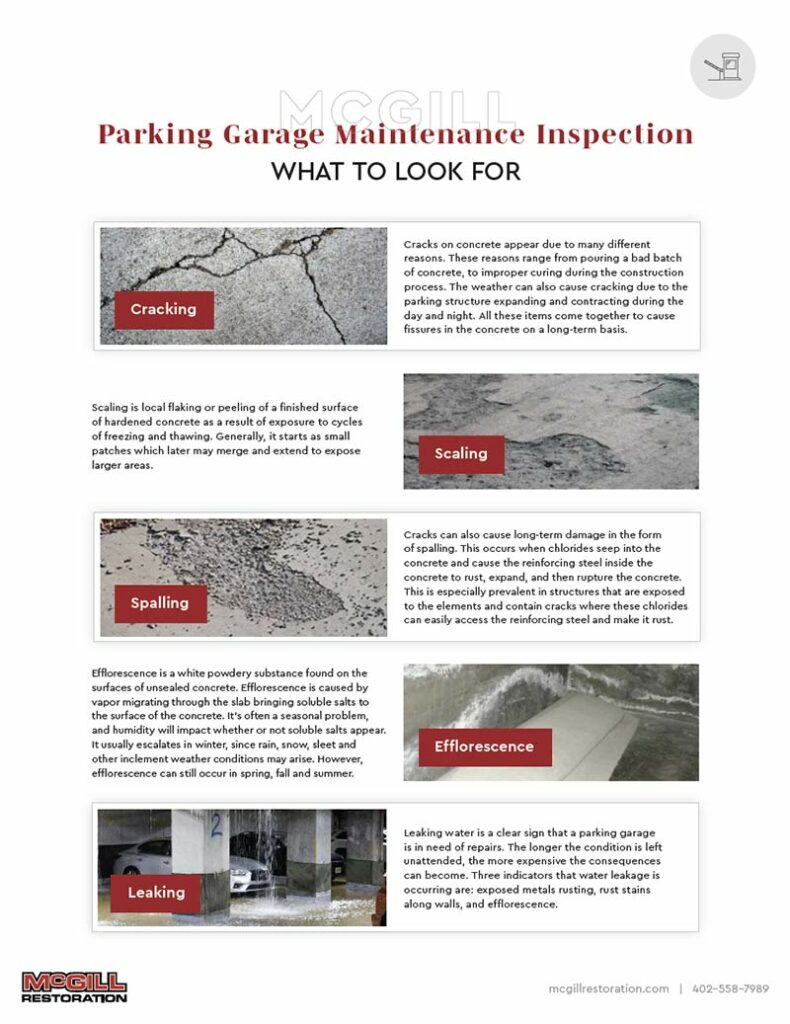Are waterproofing membranes right for your structure? At some point, nearly every masonry structure or roadway will experience some form of water initiated or directly caused damage. Repairs are inevitable and typically built into maintenance budgets associated with each investment.
The repair costs and frequency can be minimized however with upfront prevention using waterproofing membranes. These membranes come in several forms and are excellent for protecting your highest traffic and most vulnerable structural surfaces.
Water and Your Structure – Understanding the Source of Damage
Concrete has the ability to endure contact with water undamaged but constant contact and pooling can have serious consequences for your concrete structure. Parking garages, buildings, and bridges are all prime candidates for waterproofing membranes that prevent water from permeating and causing significant structural damage.
These are a few common ways water can negatively impact your structure:
Pooling and Permeation
While water has no problem running off of concrete, the low spots where pooling occurs are problematic. Concrete is naturally porous and constant exposure allows the water to work through the gaps while penetrating the internal aspects of your structure.
Penetration of Contaminants
Penetration of water is one thing, but the contaminants in that water seriously elevate the risk of damage. Many concrete structures are supported by steel substructures or have steel reinforcements incorporated to increase structural integrity. When salt and contaminants from roadways and vehicles combine with water, they contact the steel substructures, causing corrosion.
Corroding and Expanding Substructure Steel
When the steel experiences corrosion, it expands and places pressure on the concrete from the inside out. This pressure stresses the structure and damages the concrete.
Delaminating and Crumbling Concrete
When you see delamination and crumbling concrete in areas with little traffic or exposure to the elements, it may be a sign of corrosion to the internal steel aspects of your structure.
Water and Ice Working Together
Remember those areas where water pools and permeates the concrete? Well, it’s even worse during winter when freeze and thaw cycles create expansion that erodes your structure. This is common in the geographical areas we serve at McGill Restoration.
The geological term is frost wedging and it’s the same process nature uses to break down mountains. Water enters the cracks in rocks where it freezes, expands and breaks/erodes the raw material.
It’s no different in your parking garage or masonry structure. Water permeates the porous concrete where it freezes, thaws, freezes again, etc. This pressure fractures and breaks the concrete, causing crumbling and visible damage.
So You Have Water Damage – Are Repairs Sufficient?
When damage occurs, the next natural step is moving into a repair phase. The damage is assessed, a repair plan is made alongside engineers and the project is bid or quoted. While these repairs are necessary, they still don’t address the root cause of the damage. Anytime the damage is discovered, structure owners or managers should be asking:
Is this damage recurrent?
Sometimes, it’s normal wear and tear that can be patched up and repaired in a way that will last. When the damage is inflicted from water pooling and permeation, however, you are likely looking at a problem area that can benefit from additional waterproofing beyond the normal repairs.
The Benefits of Utilizing Waterproofing Membranes
Some waterproofing is often incorporated into jobs without officially being labeled as such. Traffic coatings offer waterproofing and are frequently applied in parking garages.
Talk with Your Water Damage Restoration Partner to Protect:
- Foundations on structures below grade.
- Rooftops where water backs up during runoff events.
- Horizontal and vertical surfaces in high-risk areas.
- Joints where two sections of masonry connect.
Applying dedicated waterproofing membranes in these areas reduces the need for shorter repair cycles. Essentially, you are getting ROI on the investment by adding a layer of protection now that will extend the time between necessary repairs.
If you update those coatings and waterproofing membranes regularly, it can negate recurring damage to problem areas, saving you the costs associated with deep restoration projects.
At McGill Restoration, we have a team of experts ready to restore and protect your structure and investments. Talk to our pros and determine if waterproofing membranes are right for your situation.



